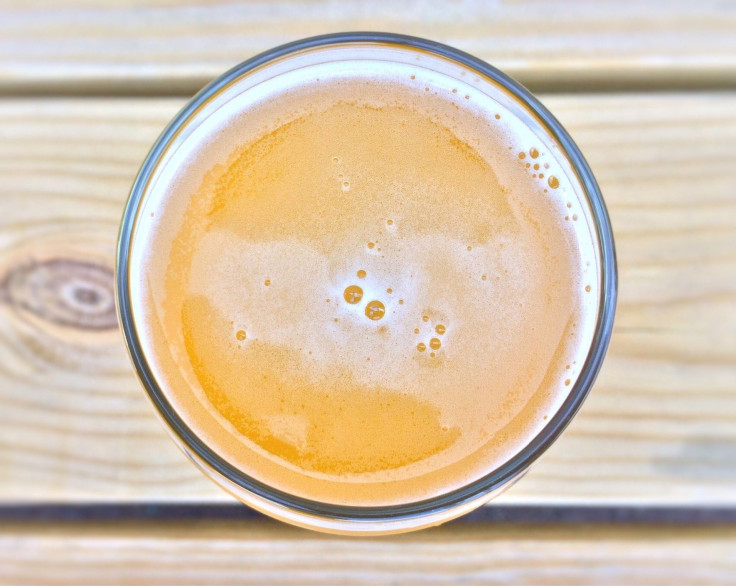Genetically Modified Yeast Allows Brewers To Experiment With Creative New Beer Flavors

Researchers are toying with genetically modified yeast in order to create new beer flavors that have never existed before, according to a new study out of the University of Wisconsin-Madison.
In the 1500s, German brewers discovered that storing beer in caves — a method referred to as lagering — made the beer taste better and crisper. That’s because they were unknowingly hybridizing a strain of yeast called Saccharomyces cerevisiae by combining it with a different strain, Saccharomyces eubayanus, which naturally thrived in the cold environment of the caves. People didn’t fully understand the science behind the yeast until the 1900s, but by then it had already revolutionized beer. Today, cold-brewed lager is the most popular alcoholic beverage in the world.
Yeast isn’t only used to convert sugars to alcohol and carbon dioxide during the fermentation process of brewing. Hundreds of different species of yeast are used to make wine, bread, cider, whiskey, cheese, yogurt, soy sauce, and pretty much anything else that is referred to as “fermented.” Yeasts are also used to make pigments, drugs, and flavors. Because of their broad ability to produce incredibly useful things, the University of Wisconsin-Madison researchers wanted to experiment to see if they could manufacture interspecies yeast hybrids more quickly than nature could.
Their new method involves the use of plasmids — circles of DNA that can be inserted into an organism to transfer a genetic quality. Once the plasmid is inside the organism, it can manipulate its cell genes; this is how the researchers were able to express a natural yeast protein that triggered two different yeast species to mate.
“We can achieve hybrids at rates of one in a thousand cells,” said William Alexander, postdoctoral research associate at the University of Wisconsin-Madison and lead author of the study, in the press release. “It is much more efficient than nature.”
The researchers were also able to remove the plasmids from the new hybrid yeasts, which kept the genes of the two yeast strains unchanged. They believe it will offer brewers a whole new world of experimentation when it comes to beer flavors. Additionally, it holds potential for biofuel production and research into evolutionary genetics.
“The advantages of the technique are speed, efficiency, and precision,” said Chris Todd, a professor of genetics at UW-Madison and an author of the study, in the press release. “Within a week, you can generate a large number of hybrids of whatever two species you want, creating forms never seen before.” He also emphasized that “there is a lot of potential out there for new flavors and combinations,” and that “if you have a favorite ale strain, for example, you should easily be able to hybridize it with a wild strain using this method.”
Source: Alexander W, Peris D, Pfannenstiel B, Opulente D, Kuang M, Hittinger C. Efficient engineering of marker-free synthetic allotetraploids of Saccharomyces. Fungal Genetics and Biology, 2015.
Published by Medicaldaily.com



























